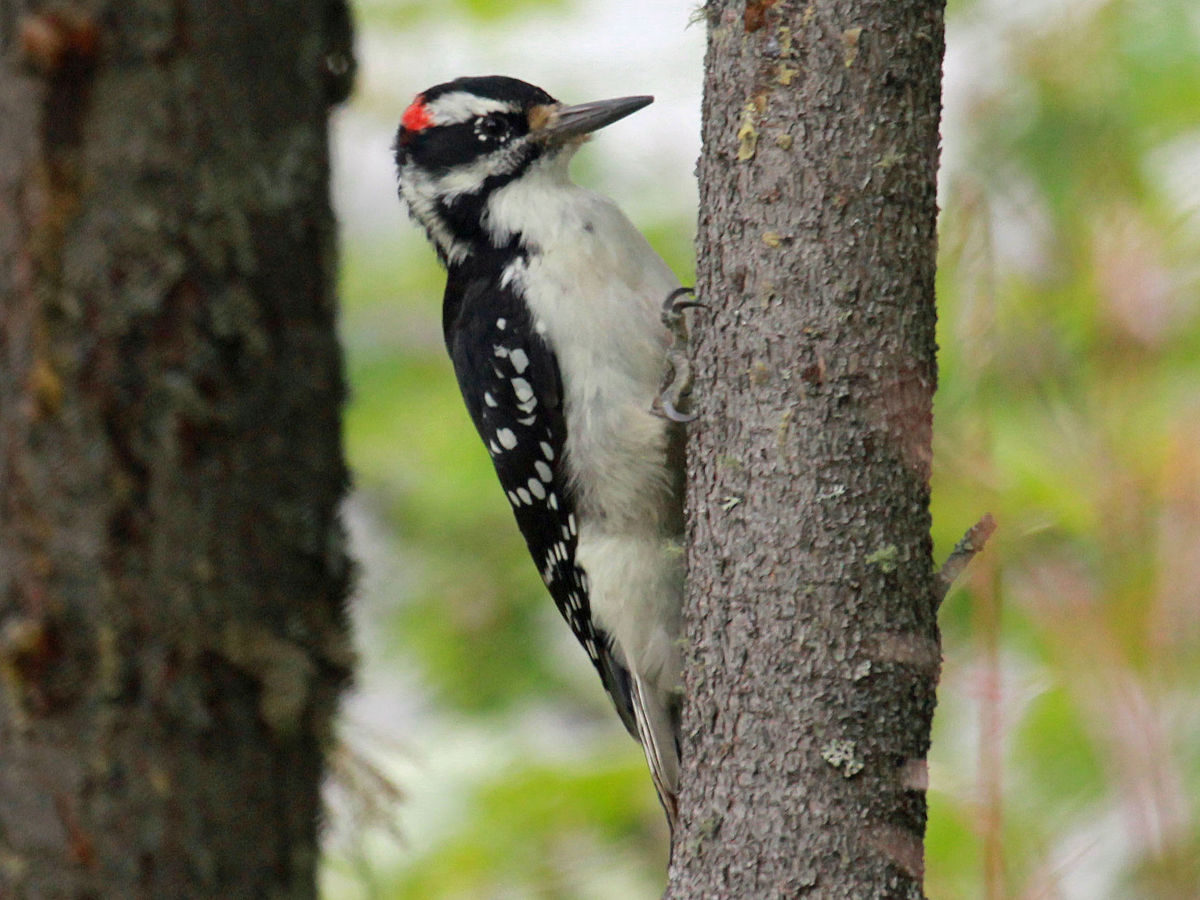Problem:
Helmets for professional and recreational sports do not always aid against head injuries like concussions.: Concussions caused by somewhat dangerous sports, because of helmets that could be improved upon.
Biomimicry Idea:
Mimic the woodpecker’s skull that allows its to consistently impact a tree trunk with its beak without any brain damage over long periods of time. The skull’s outer layers are strong and thick while the inner layer is filled with microscopic cylindrical projections of bone weaving together to make a spongy shock absorbent inner layer. The hyoid apperatus of the woodpecker also extends from the jaw and wraps around the back of the skull, this helps reduce the impact to the brain.
An idea would be to create an more protective football helmet that is safe from impact. Inside the helmet is a dry spongy material and cardboard for the protection. Mimicking these adaptations a “Picahelmet” could be made in order to reduce instances of concussions.

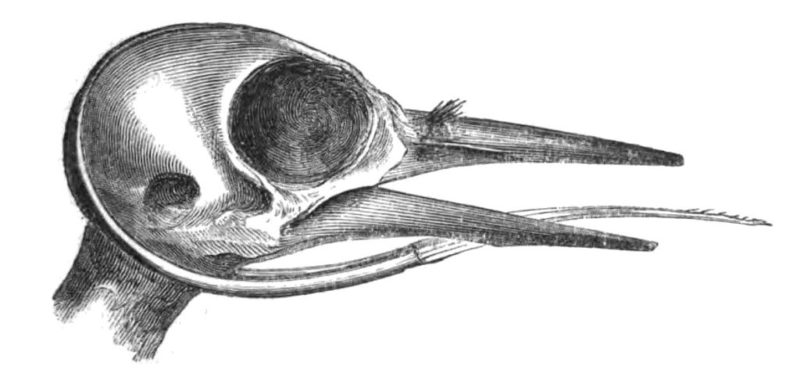
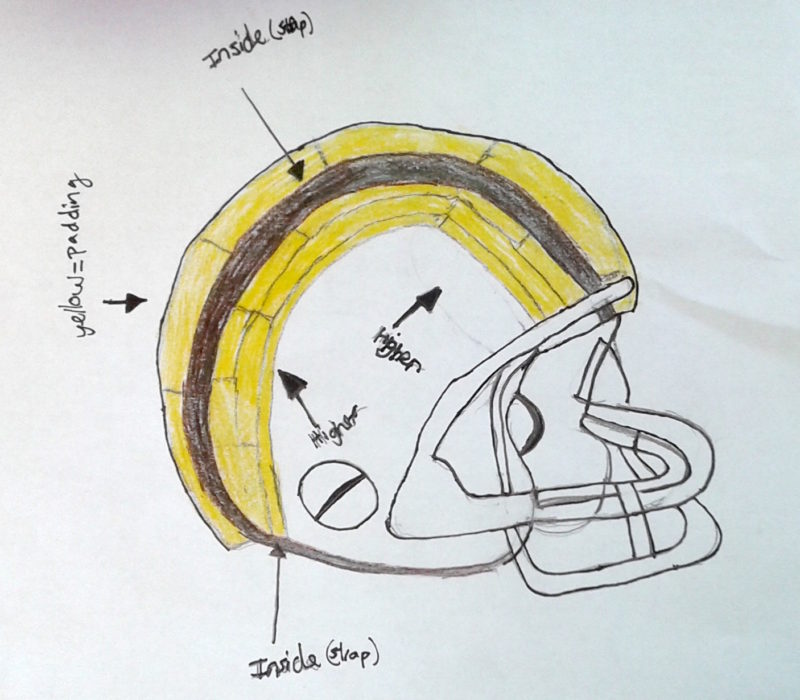
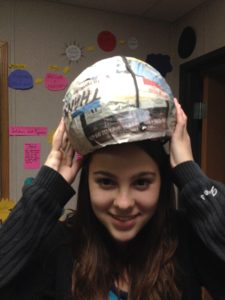
What ideas for Biomimicry does the Hairy Woodpecker give you?
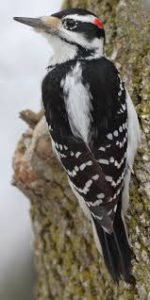
More on the Hairy Woodpeckers and other woodpeckers.
Where can you find a Hairy Woodpecker?
A Hairy Woodpecker like the majority of woodpeckers can be found standing foraging on the trunks and branches of trees looking for insects. They accomplish this by using a few unique tools that help them stand on the sides of trees and hammer their bills into thick bark in order to find their prey. They will also use dead trees as a nesting place.
How does a Hairy Woodpecker stand on the side of a tree?
Specialized feet with the 1st and the 4th digit placed in the back of the foot and the 2nd and 3rd being placed in the front of the foot this arrangement is known as zygodactyl. It is these zygodactyl feet that the woodpecker uses to stand on the side of a tree but they also have help from their tail feathers also known as retrices. The retrices in woodpeckers are more ridged than most bird tail feathers, they are slightly concave in order for contact to be made on the tree trunk and contain more melanin pigments at the tips of the feathers to increase its strength and durability.
Where does a Hairy Woodpecker nest?
A hairy woodpecker will excavate a nesting cavity in a dead or dying tree anywhere from 4 feet from the ground up to 60 feet. These cavities are constructed by both male and female woodpeckers who are likely to be mates from the previous year. These cavities are not just important for woodpeckers but also for secondary cavity nesters including some birds and squirrels on Oak island. Cavity dimensions; entrance: 2 inches tall by 1.5 inches wide, cavity: 8-12 inches deep with enough space for 3-6 eggs and a incubating parent.
What other woodpeckers might you see on Oak Island?
Downy Woodpecker (Picoides pubescens): The almost identical to a Hairy Woodpecker the Downy Woodpecker can be spotted among the trees as well. The Downy looks like the Hairy but much smaller. The trick for distinguishing between the two species is if the bill of the woodpecker you are observing is shorter than the heads length (Back of the head to where the bill starts) then that woodpecker is most likely a Downy.
Northern Flicker (Colaptes auratus): The Flicker is a woodpecker even though it primarily forages on the ground looking for insects, but it will still live in cavities in trees. This bird can be identified by its red coloration resembling cheeks, the black “bib” coloration around its neck, most of its body feathers and tops of its wings are brown with black bars or dots and the most vibrant part of the bird which is the bright orange coloration under the wings and tail feathers.
Reference:
“Hairy Woodpecker.” The. Cornell University, 2015. Web. <https://www.allaboutbirds.org/guide/Hairy_Woodpecker/lifehistory#at_nesting>.
“Hairy Woodpecker.” Audubon. National Audubon Society, 2014. Web. <https://www.audubon.org/field-guide/bird/hairy-woodpecker>.
